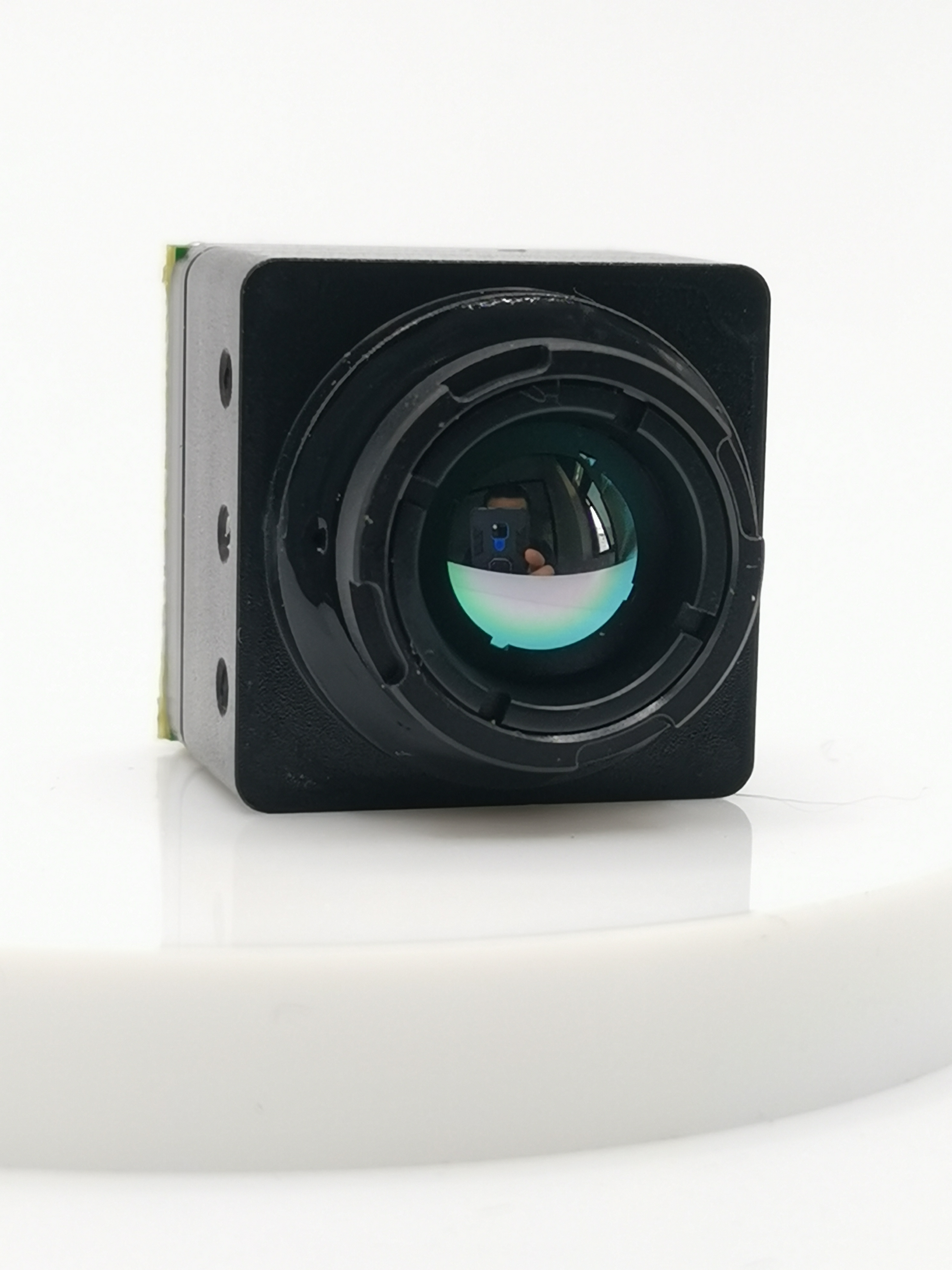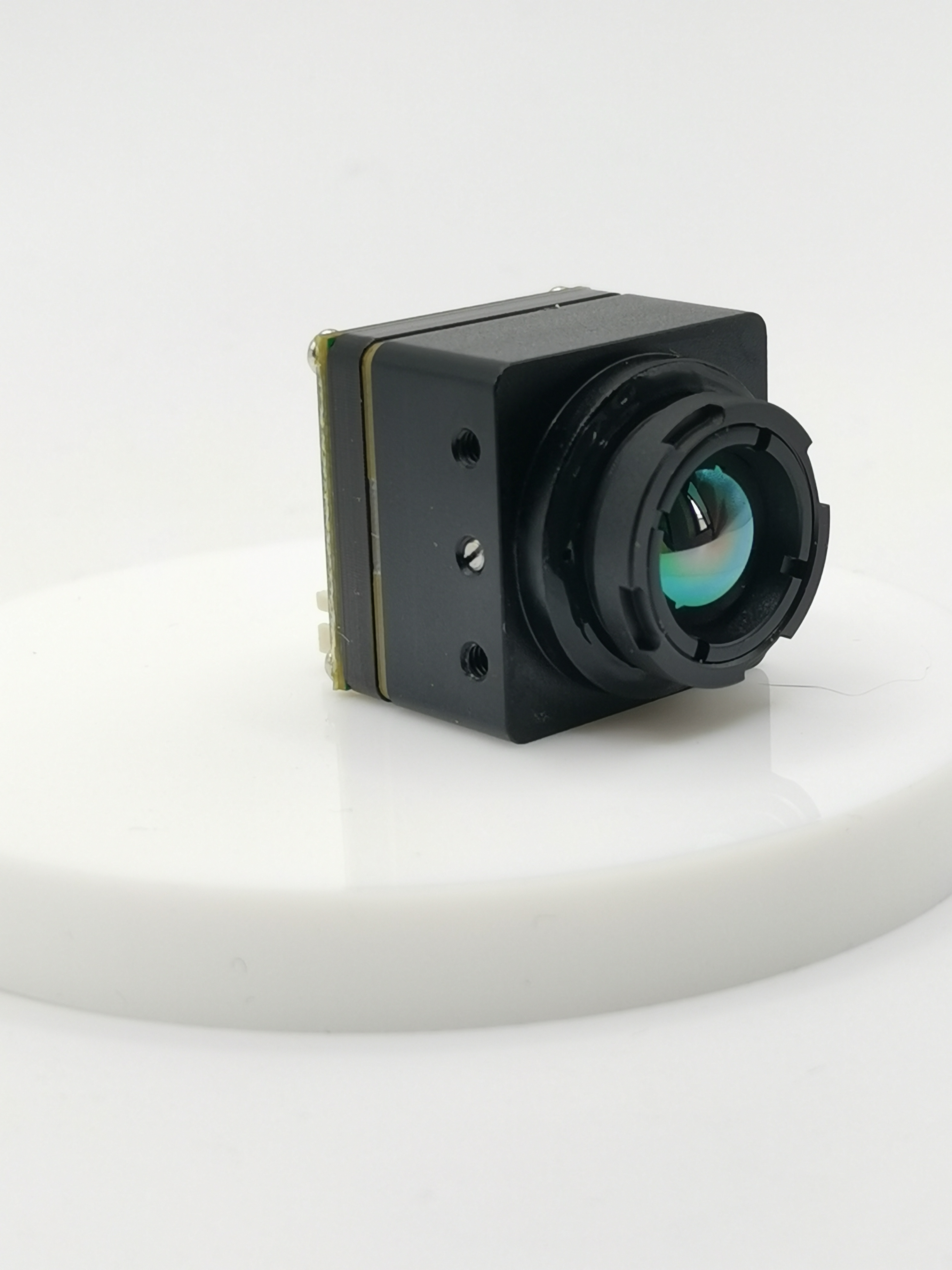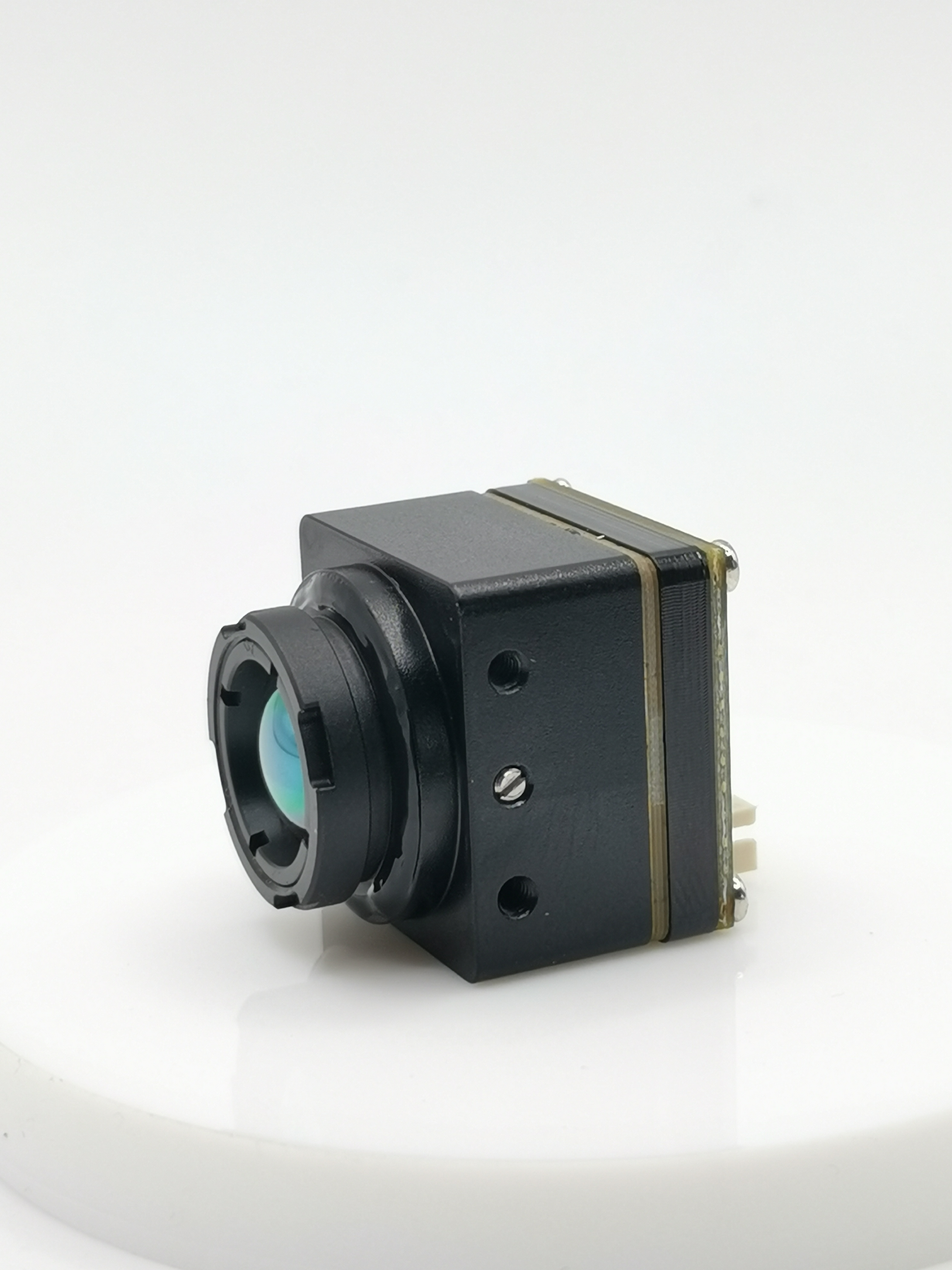Can Thermal Imaging Cameras Really See Through Walls?

In the realm of thermal imaging technology, there exists a veil of misunderstanding that shrouds its true capabilities. Contrary to popular belief, can thermal imaging cameras see through walls? The answer is no; they do not possess the supernatural ability to penetrate solid structures like walls with ease. Rather, they operate on the principle of detecting subtle heat signatures emitted by objects concealed behind barriers. Whether you're using a cheap heat camera or a more advanced model, the fundamental limitations remain the same. The purpose of this blog is to debunk these myths and shed light on the genuine functionalities and limitations of thermal imaging cameras. Additionally, we'll discuss the cost of thermal cameras and the benefits of hand held devices for various applications.
Understanding Thermal Imaging

When delving into the realm of thermal imaging, it becomes apparent that the technology operates on a fascinating principle. Detection of heat signatures is at the core of how thermal imaging functions. Objects emit varying levels of heat, and thermal cameras excel at capturing these subtle temperature variations. This ability allows them to unveil hidden details that are not visible to the naked eye.
In addition to detecting heat signatures, infrared technology plays a crucial role in thermal imaging cameras. By utilizing infrared radiation, these devices can convert thermal patterns into visible images, providing valuable insights into the temperature distribution of a scene. This advanced technology enables users to identify anomalies and make informed decisions based on thermal data.
Moving on to explore the types of thermal cameras, there are various options available in the market catering to different needs. Handheld devices offer portability and convenience, making them ideal for on-the-go inspections or troubleshooting tasks. On the other hand, cheap heat camera options provide cost-effective solutions for those seeking basic thermal imaging capabilities without compromising quality.
Now, addressing the burning question: Can Thermal Imaging Cameras See Through Walls? The misconception surrounding this topic often leads to unrealistic expectations. While thermal cameras cannot penetrate solid structures like walls, they excel at detecting heat sources beyond barriers. By understanding this distinction, users can leverage the real capabilities of thermal cameras effectively.
Capabilities and Limitations
Exploring the realm of thermal cameras unveils their remarkable abilities and inherent constraints. Heat sources behind barriers stand out as one of the primary elements that these devices excel at detecting. By capturing the thermal signatures emitted by objects concealed from plain view, thermal cameras provide valuable insights into hidden heat patterns. This capability proves invaluable in various fields, from building inspections to electrical diagnostics.
Moreover, the keen sensitivity of thermal cameras allows them to pinpoint temperature variations with precision. Whether it's identifying a hot spot in an electrical panel or detecting a cold draft seeping through a window, these devices offer a non-invasive method of temperature assessment. Understanding these nuances empowers users to make informed decisions based on accurate thermal data.
Despite their impressive capabilities, thermal cameras do have certain limitations. One notable constraint is their inability to see through solid objects like walls or concrete structures. Instead of penetrating barriers, thermal cameras rely on detecting heat emissions that transmit through surfaces. Additionally, several factors can influence the accuracy of thermal readings, such as environmental conditions and distance from the target.
When considering the cost of thermal camerasHand Held, it's essential to weigh various factors that impact pricing. The price range for handheld thermal cameras varies depending on features and brand reputation. Factors like resolution quality, temperature range coverage, and additional functionalities can influence the overall cost significantly.
Practical Applications

Uses in Building Inspections
Detecting insulation issues
Identify areas with poor insulation through temperature variations.
Pinpoint heat leaks that lead to energy inefficiency.
Enhance building sustainability by addressing insulation concerns promptly.
Identifying moisture problems
Detect hidden water leaks within walls or ceilings.
Prevent mold growth by identifying moisture-prone areas early on.
Maintain structural integrity by addressing moisture issues promptly.
Uses in Electrical Inspections
Finding overheating components
Identify electrical components with abnormal temperature readings.
Prevent potential fire hazards by detecting overheating elements.
Ensure the safety and longevity of electrical systems through proactive inspections.
Preventing electrical failures
Conduct regular thermal scans to monitor equipment performance.
Identify faulty connections or overloaded circuits before they cause disruptions.
Minimize downtime and repair costs by preemptively addressing electrical issues.
Other Applications
Medical uses
Assist in diagnosing musculoskeletal injuries through thermal imaging.
Monitor blood flow and circulation for vascular health assessments.
Aid in early detection of inflammation or infection in specific body regions.
Security and surveillance
Enhance perimeter security by detecting intruders based on body heat signatures.
Monitor crowd temperatures for public safety and event management purposes.
Improve surveillance efficiency in low-light conditions using thermal imaging technology.
By leveraging thermal imaging cameras across diverse applications, users can benefit from enhanced efficiency, improved safety measures, and cost-effective solutions tailored to their specific needs and industries. The practical versatility of these devices underscores their value beyond traditional thermography, opening up new possibilities for innovation and problem-solving across various sectors such as construction, healthcare, and security operations alike.
Recapping the insightful journey through thermal imaging reveals its true essence. The limitations of thermal cameras, such as their inability to see through solid objects, remain steadfast. Understanding these constraints is crucial for potential users seeking to leverage this technology effectively. Recommendations stem from diverse practical applications, showcasing the versatility and value of thermal imaging beyond traditional thermography. Embrace the possibilities offered by thermal cameras in various fields, from building inspections to medical diagnostics, and unlock innovative solutions tailored to your specific needs.
See Also
Innovations in Small Drone Thermal Camera Technology Advancements
Optimizing Aerial Monitoring Using Thermal Imaging Cameras on Drones
Perfecting Drone Surveillance and Reconnaissance with Thermal Imaging
Exploring Field Equipment Applications with Thermal Imaging for Parrot Drones
Comparing Features: Analog FPV Thermal Camera vs. Other Drone Models
Contact Us: Ms. Coco Huang
E-mail: sales@iasun.cn
WhatsApp/Wechat: +86 13510421923

